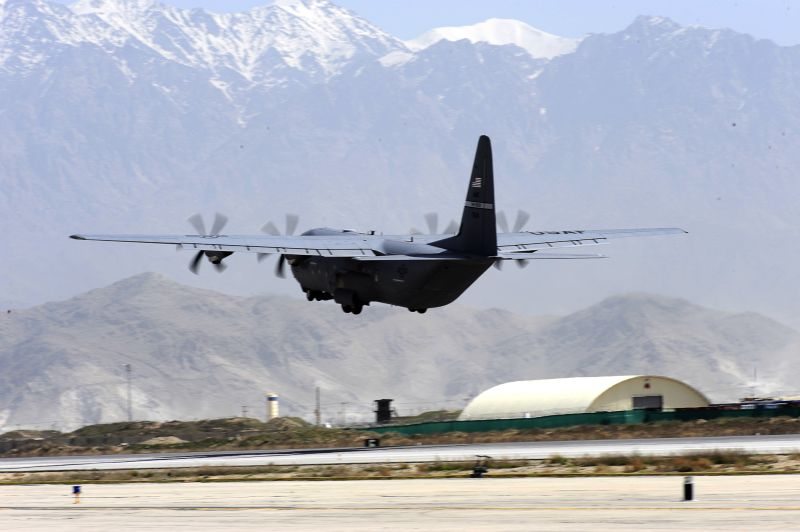
The United States agreed a deal Friday with Romania allowing use of an air base on the Black Sea as a transit point for American troops departing Afghanistan, officials said.
The agreement allows the US to shift its flight operations to Romania’s Mihail Kogalniceanu air base from an airport in Kyrgyzstan, which charged steep rental fees and had ruled out a lease beyond July 2014.
The arrangement, approved in talks Friday at the Pentagon between US and Romanian defense chiefs, resolves a crucial logistical challenge.
The United States is preparing to pull out most of its combat forces and equipment from Afghanistan by the end of next year. The cost of using the Manas air field in Kyrgyzstan proved a recurring problem for Washington.
Pentagon chief Chuck Hagel and Romania’s Defense Minister Mircea Dusa “finalized an agreement for Romania to support logistics into and out of Afghanistan, including both personnel and cargo movement,” press secretary George Little said in a statement.
“Secretary Hagel praised this agreement, which is particularly important as the US prepares to wind down transit center operations at Manas, Kyrgyzstan next year,” he added.
In Friday’s talks, the United States also agreed to transfer technology that will allow Romania to buy 12 used F-16 fighter jets from Portugal, he said.
The two sides discussed progress on setting up a site for US anti-missile interceptors as part of a NATO ballistic missile defense system. A groundbreaking ceremony for the site at Deveselu is scheduled for next month, officials said.
Officials did not release the details of the terms for access to the Mihail Kogalniceanu air base in eastern Romania, which would serve as the main hub for flying troops out of Afghanistan back to the United States, as well as some equipment.
Five US military personnel are currently stationed at the air base and the number of American troops and contractors would dramatically increase if the agreement goes ahead. In Kyrgyzstan, about 1,500 US troops and contractors work at the base.
The United States has about 51,000 troops in Afghanistan and almost the entire force will be pulled out — along with huge quantities of vehicles and weapons — by the end of 2014.



,+HEAT,+and+HE-FRAG+125+mm+ZPT98+digital+battlefiel+(4).jpg)








